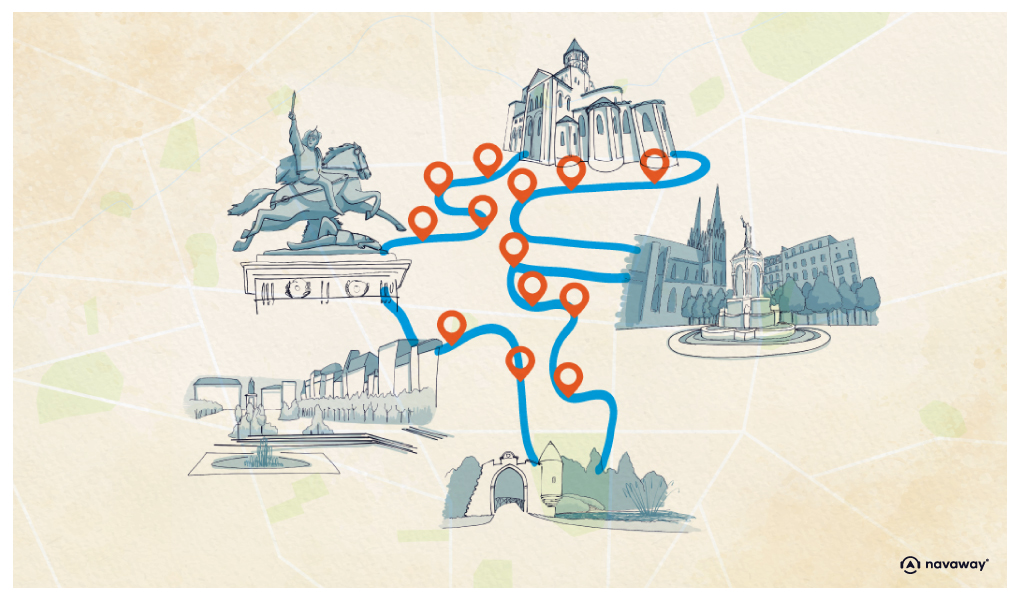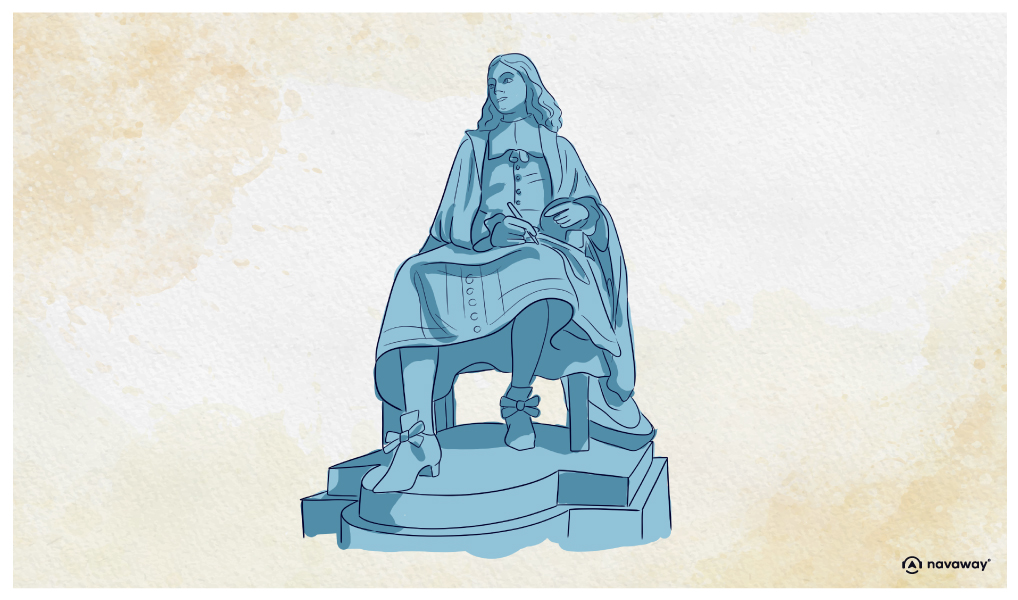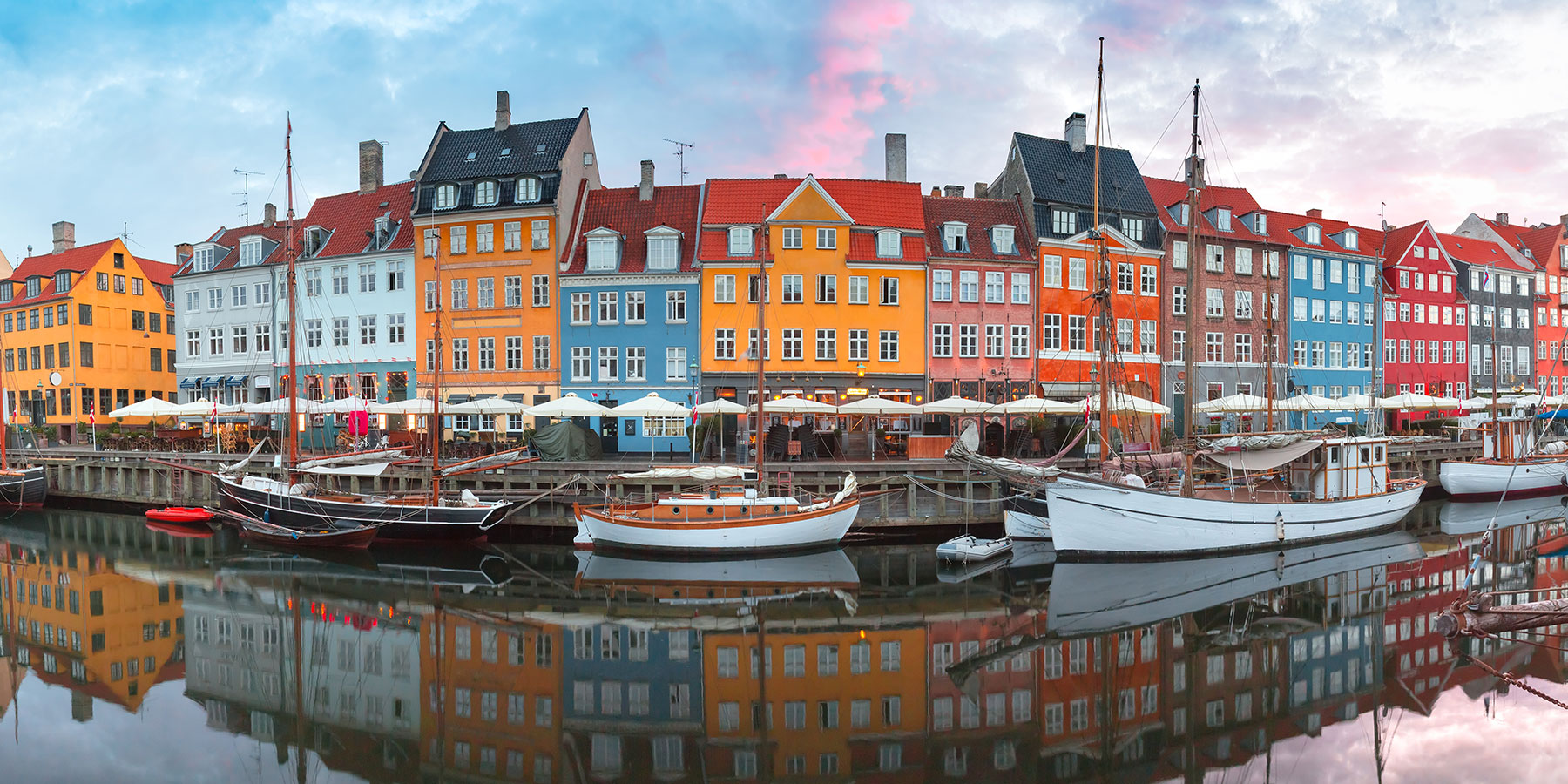
Blaise Pascal

This point of interest is available as audio on the tour: Visit Clermont-Ferrand, The Black Diamond of Auvergne
The square you’re walking through is named after him — and just to your right, you’ll see a statue in his honour. Blaise Pascal is without a doubt the most symbolic figure of the city. So allow me to take a moment to tell you a bit about his life. Born in Clermont in 1623, Blaise Pascal was a man of many talents; a mathematician, physicist, inventor, philosopher, moralist, and theologian. Quite the résumé! And no surprise — he was a child prodigy. He came from a well-off family and was raised by his father, who already had a strong passion for mathematics and science. When Blaise was eight, the family moved to Paris. By the age of twelve, he had taken a keen interest in geometry. Four years later, at just sixteen, he published a treatise on the subject — and one of its results is still known today as Pascal’s Theorem. At eighteen, he began developing the very first mechanical calculating machine — the forerunner of today’s calculator. He called it the Pascaline, and he originally built it to help his father, who at the time was working as a tax collector. It could have been a major success — but unfortunately, it was too expensive to produce, and didn’t sell well. Still, Pascal didn’t stop there. He was the first to prove that empty space — a vacuum — could actually exist and he also came up with what’s considered to be the first public transportation system in Paris. He designed a horse-drawn carriage service known as the five-penny coach. It followed a fixed route, ran on a schedule, and charged a standard fare — just like a city bus. He even created three different lines! Sadly, the service only lasted a few years, due to financial and social troubles. It wouldn’t be until the 1820s — more than a century later — that the concept of public transport would take hold again in Paris, with the return of horse-drawn carriages. Pascal also laid the foundations of probability theory, and made key contributions to fluid mechanics. A true scientific and mathematical genius. Despite his intellectual achievements, Pascal suffered from chronic illness throughout his life, which may have turned his attention toward religion and philosophy—fields where he also left a lasting mark. He died at just 39, likely from stomach cancer. Today, his legacy lives throughout Clermont-Ferrand—in squares, streets, statues, and the university. He is remembered not only for his inventions, but for the depth and breadth of his genius, which left its mark on so many different areas of thought. Indeed, his name also graces the international unit of pressure, Pascal’s Triangle in mathematics, and Pascal’s Wager in philosophy. He even appeared on the old 500-franc banknote printed between 1968 and 1994. The author of the famous quote “The heart has its reasons, which reason does not know,” yes that’s his; Blaise Pascal remains a source of immense pride for the city of his birth.


Discover Clermont-Ferrand with app
An interactive guide through the most beautiful streets, squares, and districts
21 fun audioguides full of historical facts, anecdotes, and legends





Comments